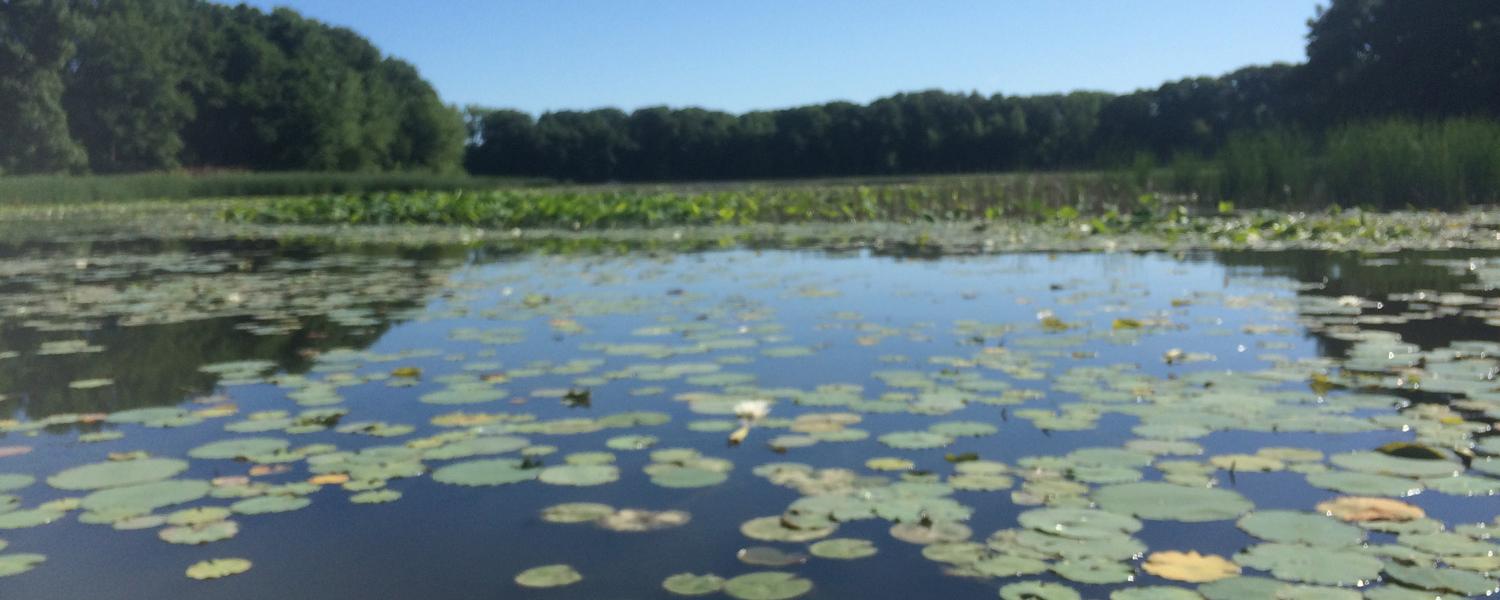
What’s an estuary? Estuaries and surrounding wetlands are bodies of water usually found where rivers meet the sea. Estuaries are home to unique plant and animal communities that have adapted to brackish water—a mixture of fresh water draining from the land and salty seawater.
But estuaries can also be freshwater ecosystems. Along the Great Lakes, river water with very different chemical and physical characteristics mixes with lake water in coastal wetlands. These freshwater estuaries also provide many of the ecosystem services and functions that brackish estuaries do, such as serving as natural filters for runoff and providing nursery grounds for many species of birds, fish, and other animals.
Many animals rely on estuaries for food, places to breed, and migration stopovers. Estuaries are delicate ecosystems. Congress created the National Estuarine Research Reserve System (NERRS) to protect more than one million acres of estuarine land and water. These estuarine reserves provide essential habitat for wildlife, offer educational opportunities for students, and serve as living laboratories for scientists.
Teachers who attend the September 16 water quality workshop will be visiting Old Woman Creek Reserve, the smallest reserve in NERRS. This reserve features freshwater marshes, swamp forests, a barrier beach, upland forest, estuarine waters, stream and nearshore Lake Erie.
Old Woman Creek is protected as a State Nature Preserve and National Estuarine Research Reserve because it is one of Ohio’s best remaining examples of a natural estuary. Old Woman Creek State Nature Preserve features a variety of aquatic and terrestrial habitats: marshlands, open water, a barrier sand beach, upland forests and old crop fields in early plant succession. This is an excellent site for viewing American water lotus beds and bald eagles.
As a transition zone between land and water, the estuary brings together many kinds of life. Attracted by the water supply and abundance of food and shelter, birds, mammals, fish, reptiles, amphibians and insects are drawn here. Lake Erie and its coastal zone are among Ohio’s most valuable natural resources. As the state’s once expansive coastal wetlands continue to disappear in the face of encroaching development, the preservation of these natural features becomes more critical.